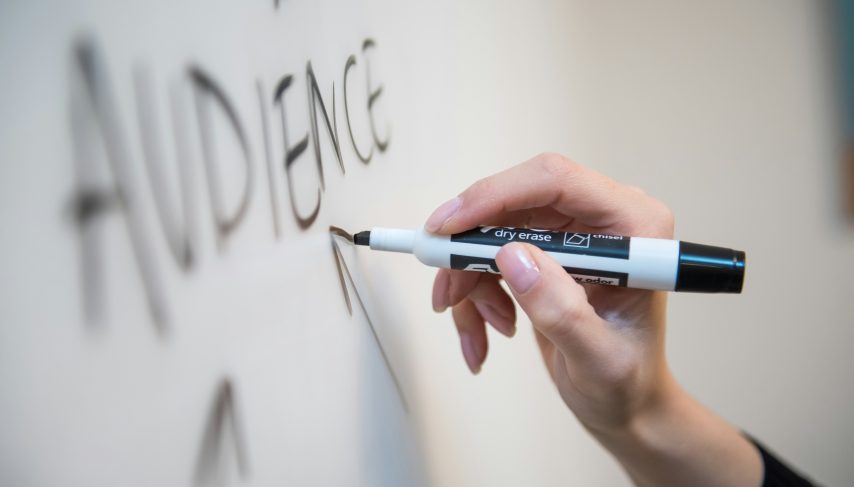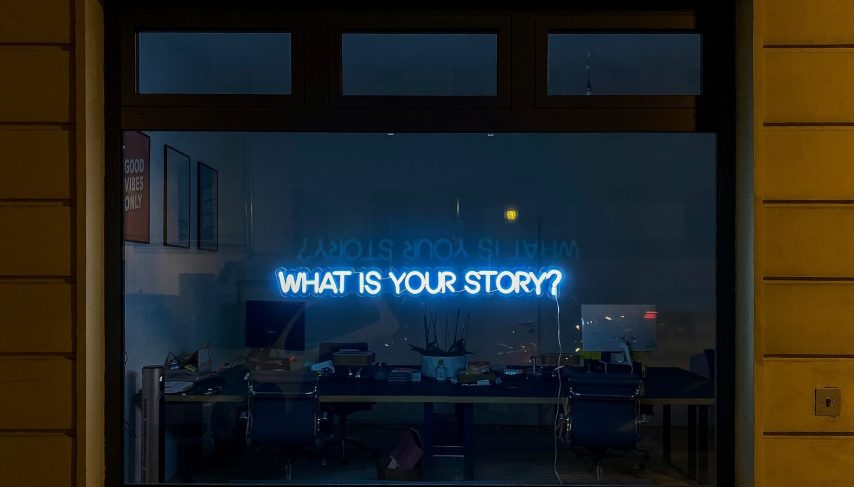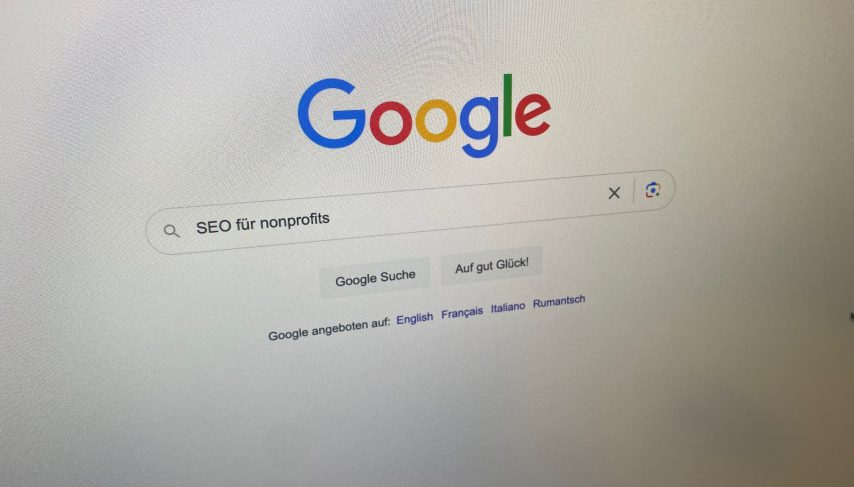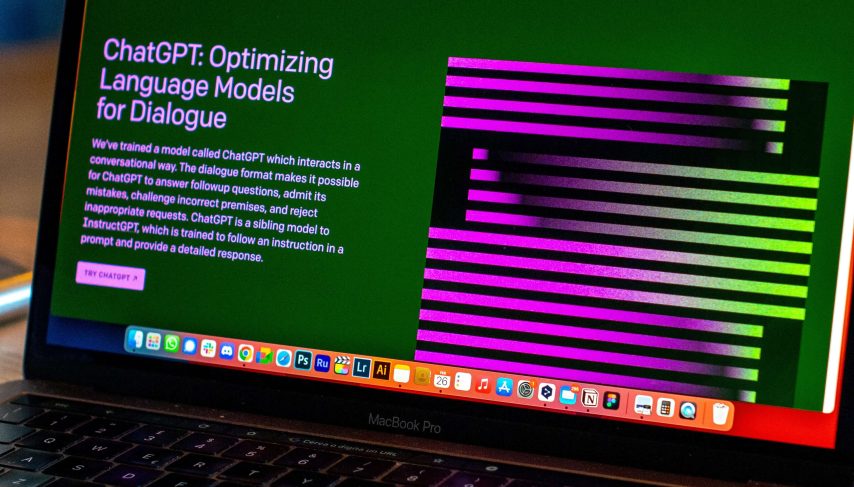
How do you write a foundation application that is well received by those responsible at the funding organizations? Checklists that promise to do just that are very popular with fundraisers and NPOs. However, most of them are unusable. The uniqueness of the project, the special requirements and thematic focus of the foundation are not sufficiently emphasized. It is easier and more target-oriented to write requests if you follow some basic principles and apply them to your project. This also applies to the increasingly relevant online application forms, which bring their own challenges.
Writing an Application for Financial Support – Three Principles for Writing an Application
Instead of uncritically ploughing through the contents of a checklist, it is better to remember a few principles when communicating with funding organizations and to be aware of certain cornerstones of the project. What is the function of a grant request? What are the formal requirements when you write an application? What information should the application include in order for the foundation to agree to provide you with financial support?
1. On the Function of the Grant Application: Sell your Project Well
The first and most important step in submitting a grant application: carefully identifying the grantees you want to approach and understanding their real needs. What is the carried out funding activity? Does this coincide with the formulated purpose of the foundation? Are there priorities? How much is distributed to a project? And when?
Tip: In the StiftungSchweiz foundation directory, you can search specifically for suitable foundations and obtain the most important information and contact details at a glance. A phone call or e-mail before preparing and sending out the grant request is always advisable. There you can get the necessary contact details.
This process is about gathering knowledge, building trust, making contact and convincing people. A grant application is a multi-step process, beginning with extensive research and ending with follow-up on a successful contact. This can take time. And maybe it won’t work out until the third time. So stay patient. Rushing doesn’t work. Allow enough time. Financing a project through funding organizations can take up to six months from the initial inquiry to approval and distribution.
2. Form: To a Max. of 12 Pages you can Write Anything in a Letter to a Foundation to be Convincing
Some formalities are standard when writing an application to funding organizations. This includes the cover sheet and summary (many sponsors read only these at first due to time constraints). Photos and illustrations are helpful, but take up space. The letter to the foundation accompanying the documents should not exceed one A4 page and should be more than a transmittal note. With this you create a personal contact. Always choose the grant request route as established and communicated by the foundation. If an online form is offered, you should use it.
Tip: Make a photo spread in the attachment. This creates space and increases attention.
3. Content of a Grant Request: the Most Important Thing is the Case and the Budget.
You always have to be able to get both across somehow in predefined forms. The case has two parts and also belongs, shortened to a scant 7-9 lines, in the cover letter:
a) A simple and concise description of a problem or challenge you are facing, its relevance/importance, and the time urgency. Because that’s where the need for action comes from.
Tip: Point out what would happen if nothing was done.
From the need for action, you derive the goal you want to achieve, the quantitative and qualitative change of a situation in a certain direction, and this in turn leads to the measures, the activities of your project, and the means to achieve it.
Tip: Clearly identify these aspects in the application and do not confuse them. Don’t get too long and repeat the arguments.
b) A convincing presentation of your organization’s competencies and credibility. Why is your organization able to implement this project and why should the foundation trust it? This is mostly related to the people who work for the organization.
Tip: Introduce them briefly! And it’s true: well-known organizations have it easier.
Of course, sometimes you are lucky and contributions from funding organizations come “just like that”. And sometimes it only works out thanks to good personal relationships.
As a rule, however, cooperation with funding organizations requires continuous, systematic and careful work. That’s something you have to be happy to take on as a fundraiser. But when it works out, it can turn into wonderful relationships.
Notes and templates for applications from the foundations themselves
Many funding organizations themselves provide instructions (some precise, some summary) on how an application should be structured and what it should contain. Sometimes there are also templates for applications on the website of the foundations, which should be followed as an applicant. Of course, you should have read a few grant applications before you set out to write one yourself. However, do not stay too close to the sample text. The sponsors read grant applications every week and immediately recognize who is copying or not using their own language and choice of words when writing the application.
Apply for a Grant Online: the Colorful World of Application Forms
Many funding organizations accept applications by e-mail or at least carry out preliminary clarifications in this way. This is a welcome development. Because it helps everyone involved save time and money. Just a few years ago, it was considered too casual and not very serious to write applications by e-mail.
Today, more and more funding organizations are going one step further by setting up an online application form on their website. This is also a development in the right direction. This structures the content of the grant applications and simplifies the processes.
Every funding organization has its own ideas about the foundation application online
The world of application forms is still very colorful. Each funding organization has its own views on what a foundation application should look like. One is content with a summary of the project content in 1’000 characters in addition to contact information, while the other requires detailed information in over 20 items or more. The thematic structure and the layout of the forms, i.e. their form, are also highly diverse, reflecting industry-specific needs and requirements. A research foundation, for example, requires different information than a foundation that promotes culture. And finally, one time they are to be filled out directly online and another time a PDF is to be printed out, the form filled out by hand and sent in by mail. And the instructions are not always clear to outsiders at first glance.
Disadvantage of Online Forms instead of Writing Applications: Increased Effort
As important and useful as such application forms and templates are: If charitable organizations have to fill out 30 or more such forms for one foundation application and have to prepare different information in varying depth and density, this does not reduce the workload, but increases it. And quite a few are also overwhelmed in terms of content. The cat bites its own tail. Some applicants wish for the “old times”, when one could simply write the same application for all foundations and then bring it dutifully to the post office.
Tip: Carefully define the project description as usual and put it down in writing (there are workshops for this). Then create text modules on the most important topics that the funding organizations like to ask about in the forms. Use these appropriately as needed. This way you don’t always have to start from scratch. You can do well with 500 characters per module.
Standards for the Grant Application by Form on the Website
Where will it go? Written grant applications sent by mail with thick project dossiers will be a thing of the past in a few years. Nobody can afford to create and edit them anymore. On the other hand, the proliferation of online application forms will also decline and industry-specific standards will prevail, if only for cost reasons.
Conclusion: Grant Applications in the 21st Century
Whether online or offline: Even a foundation application that is perfect in every respect will only turn into an acceptance if you write to the right funding organizations. Network, connect, and stay on top of developments in the foundation landscape and the world of philanthropy. At StiftungSchweiz, you can not only easily and efficiently research suitable funding organizations and addresses for your project, the comprehensive knowledge hub, the online magazine The Philanthropist and regular news from the non-profit world provide you with valuable information and insights. The adjacent donation platform also gives you the opportunity to attract the attention of private donors and companies and fund your project in this way.












